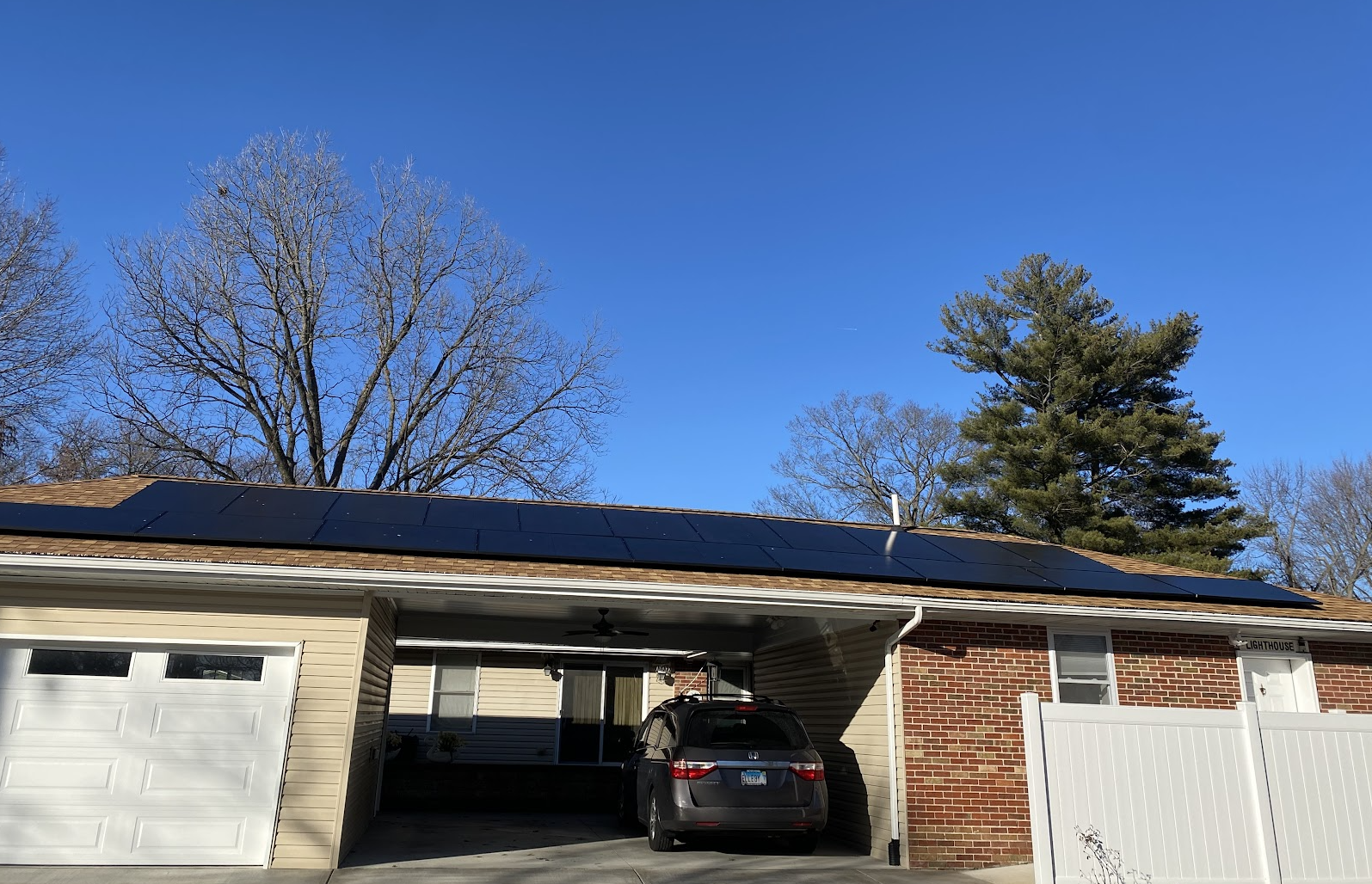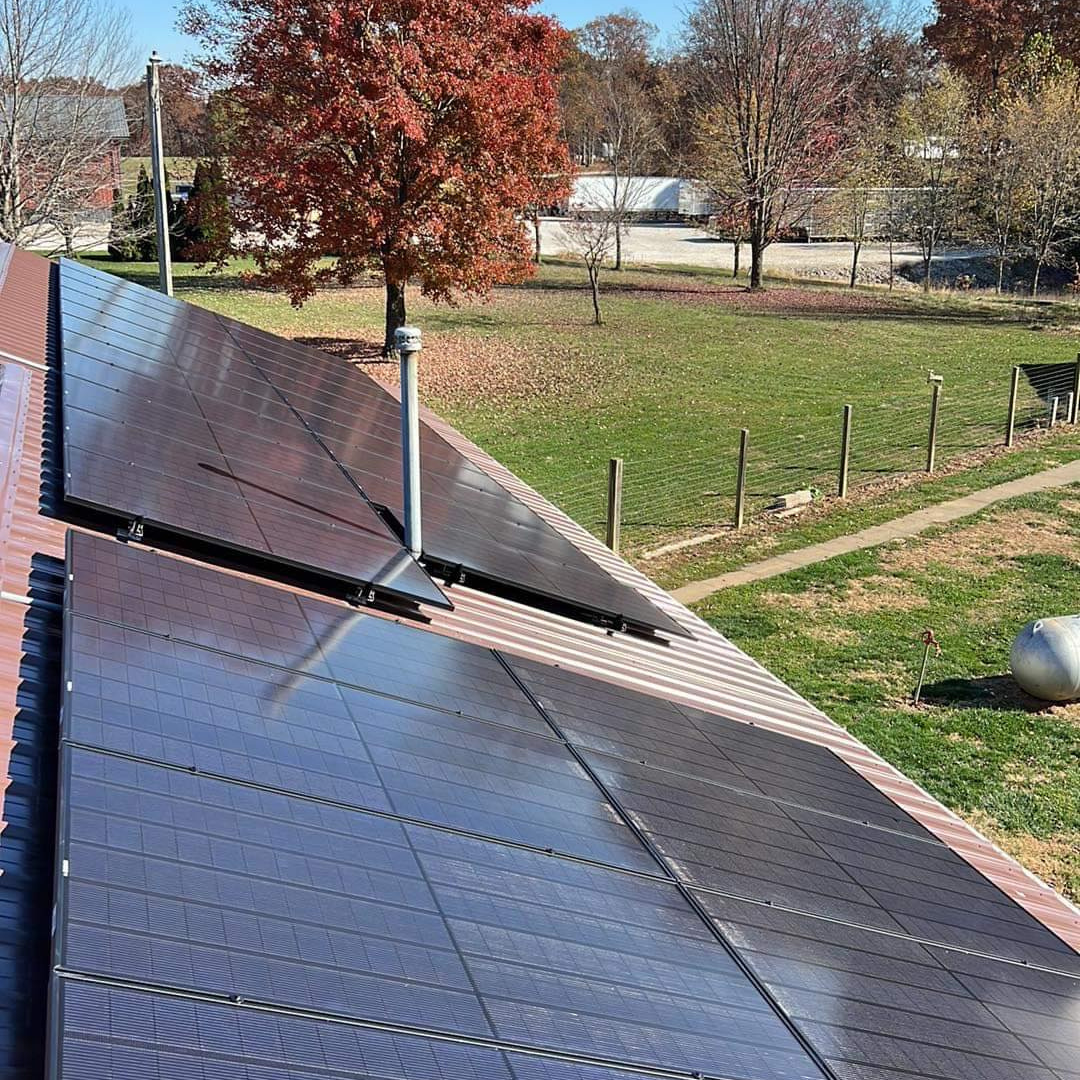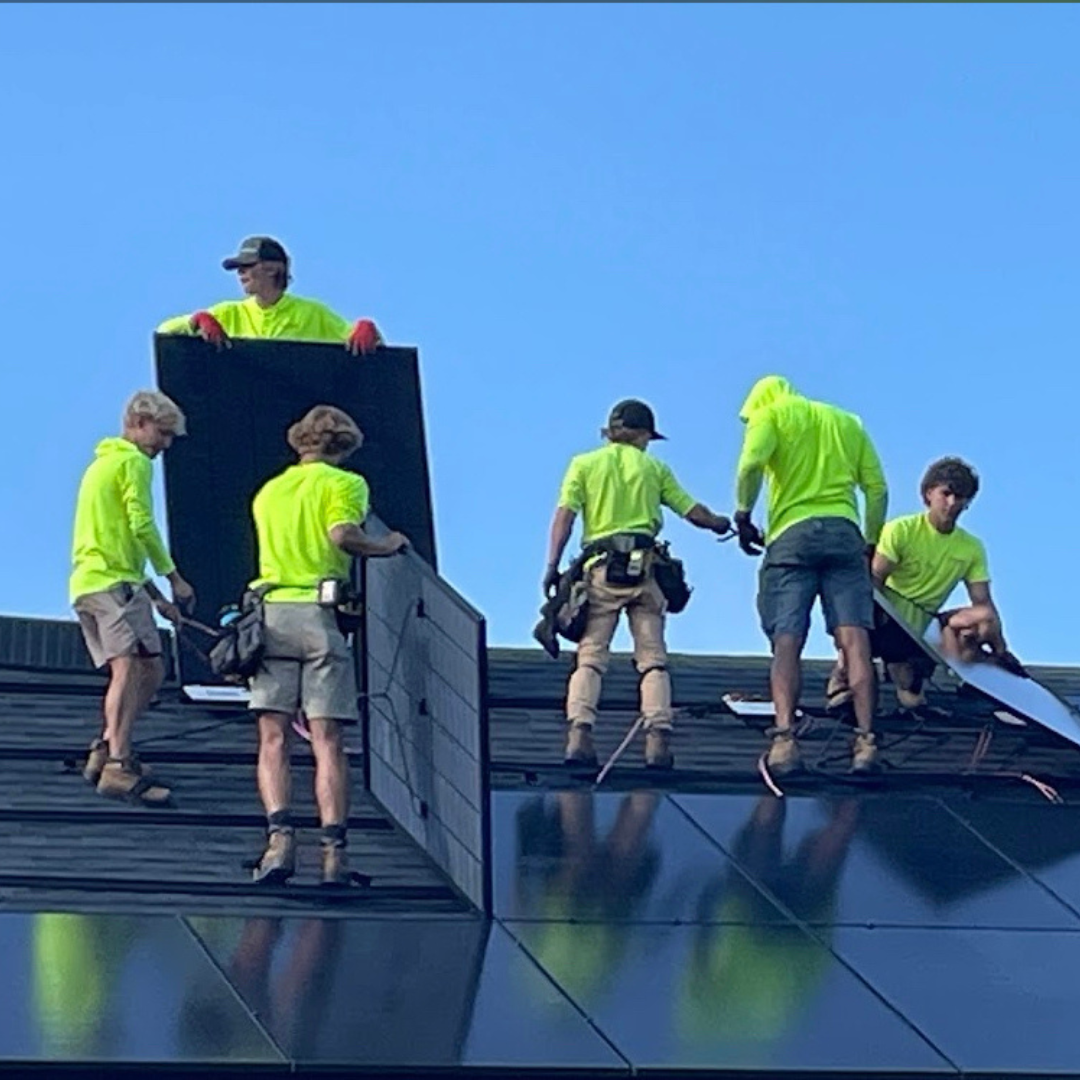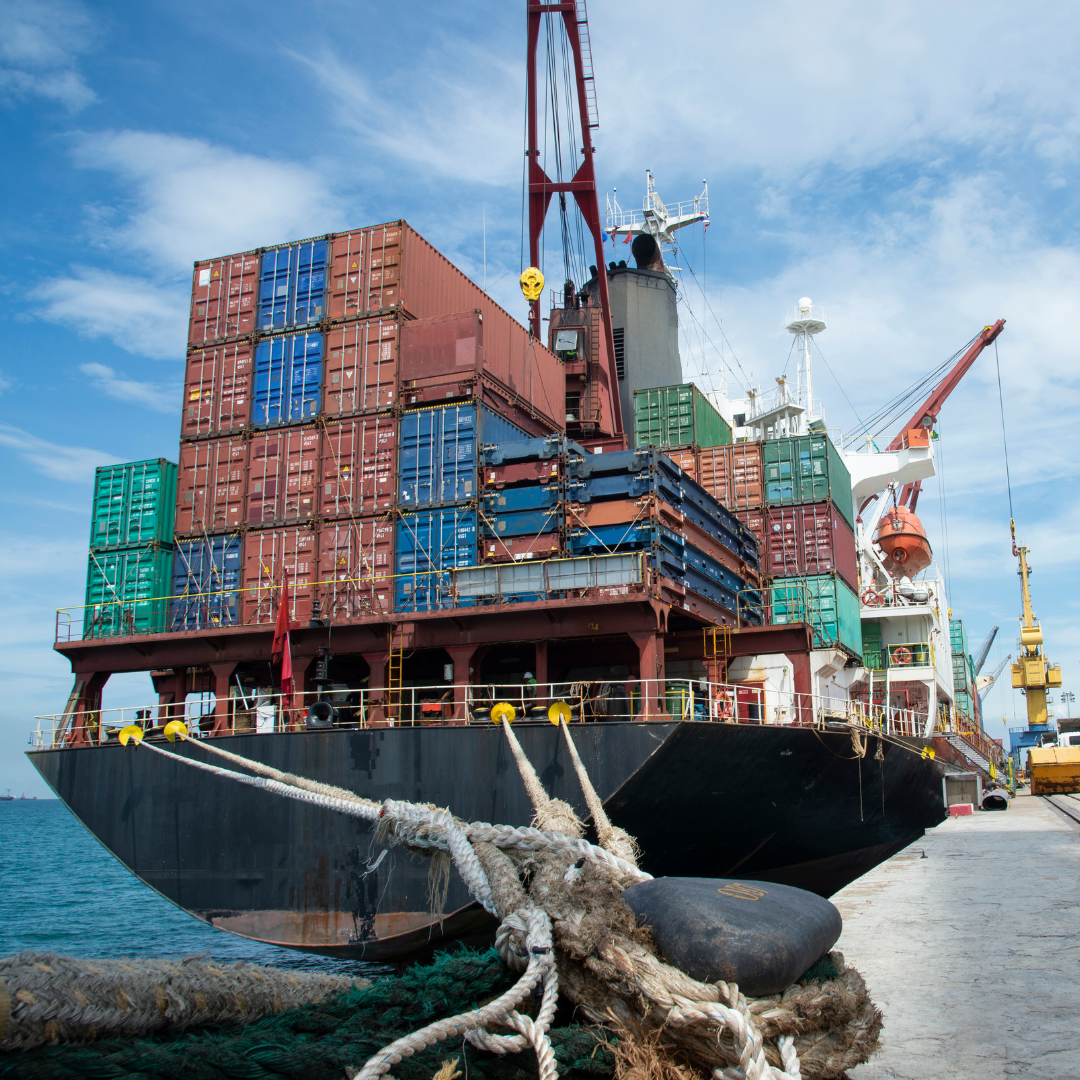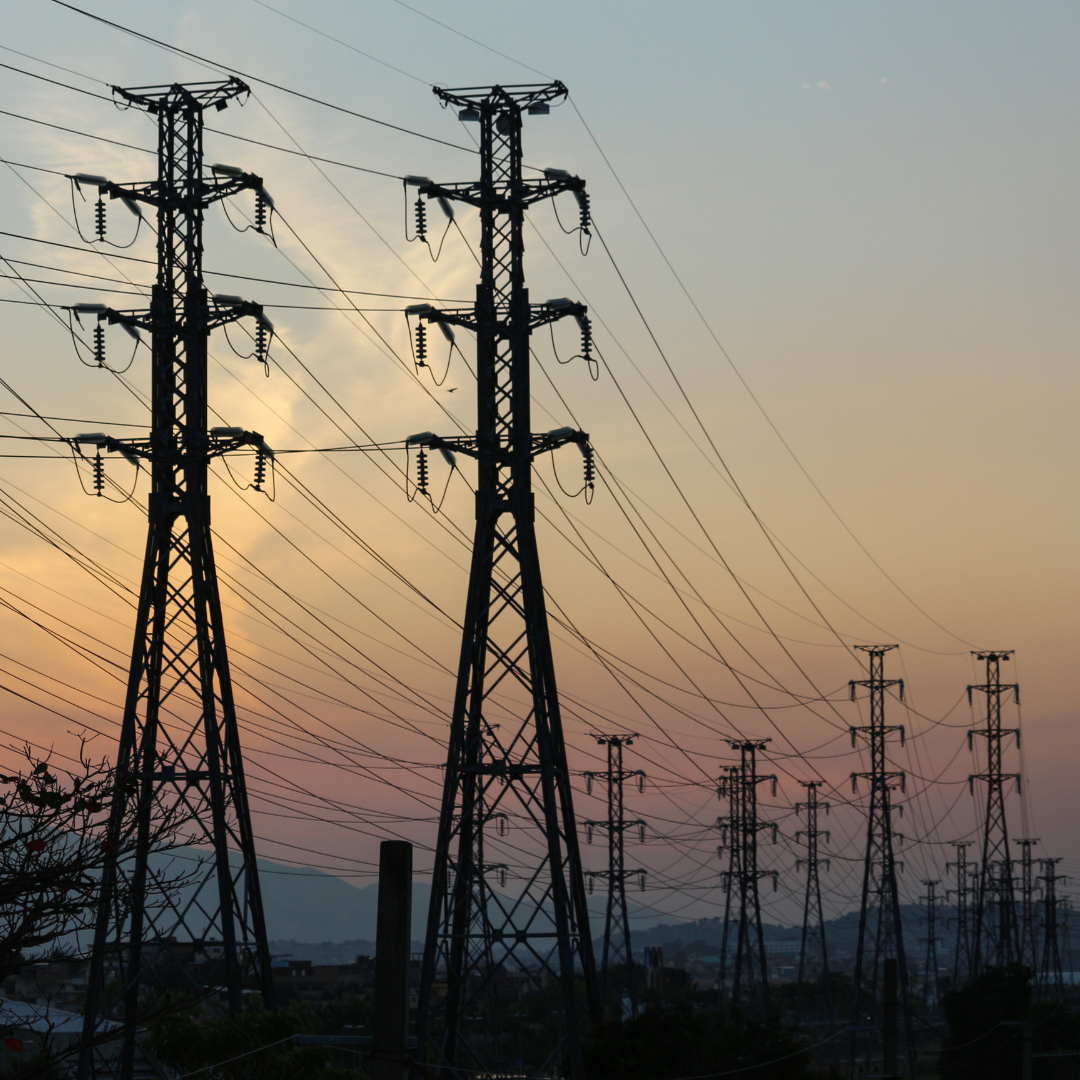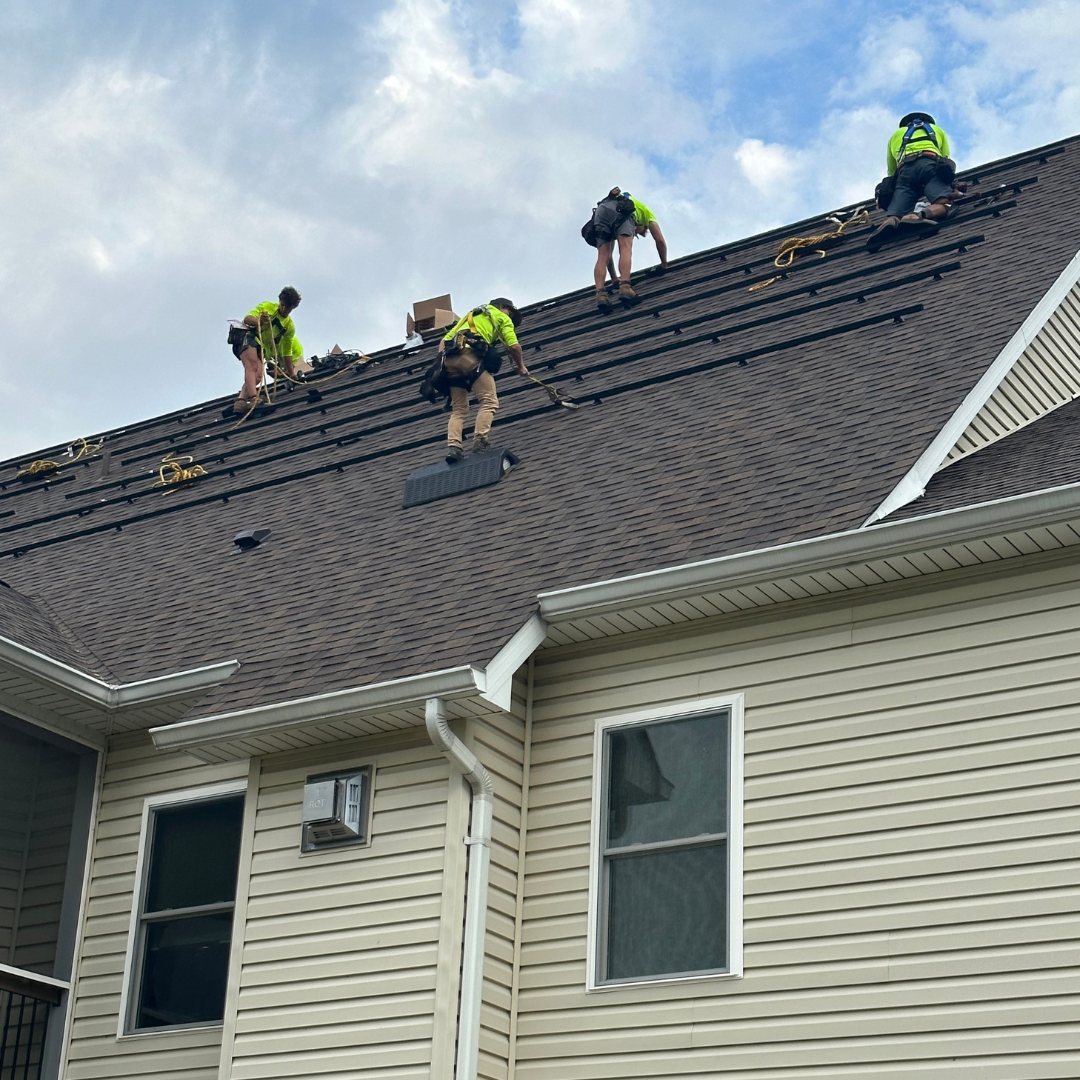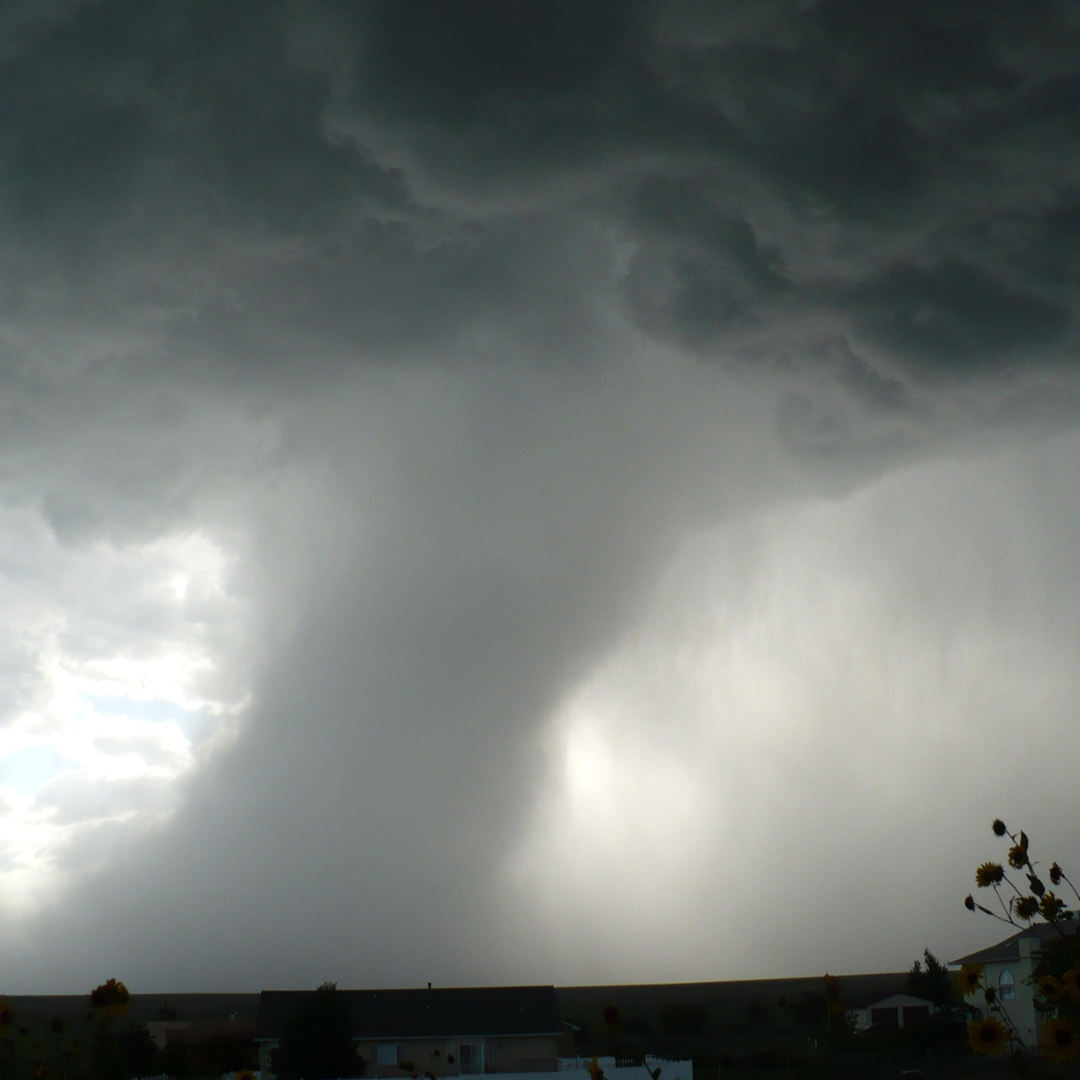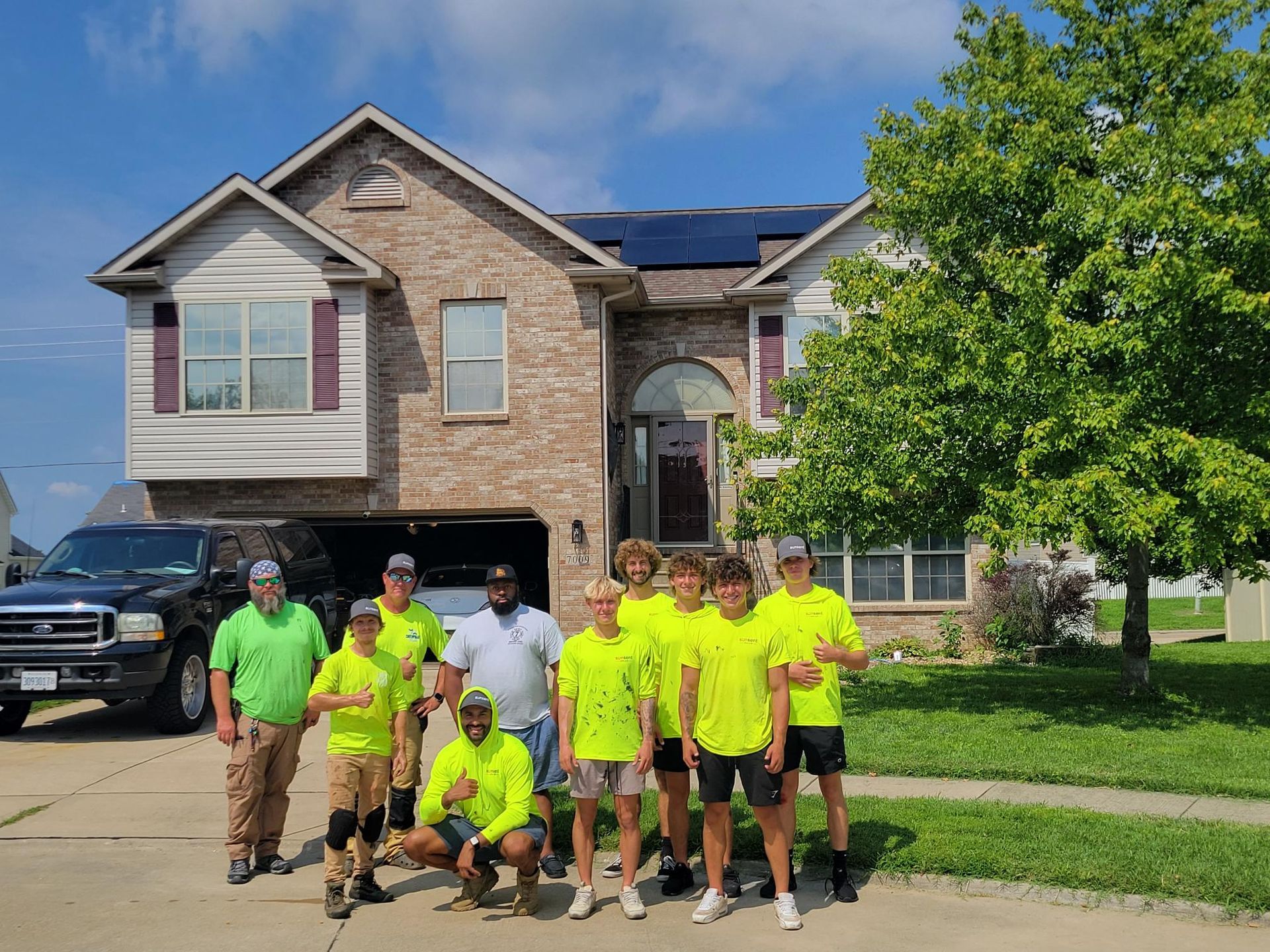Ameren Missouri’s Proposed Rate Hike: What It Means for You and How Solar Can Help
Ameren Missouri is proposing a substantial electric rate increase of 15.49%, amounting to $446 million.
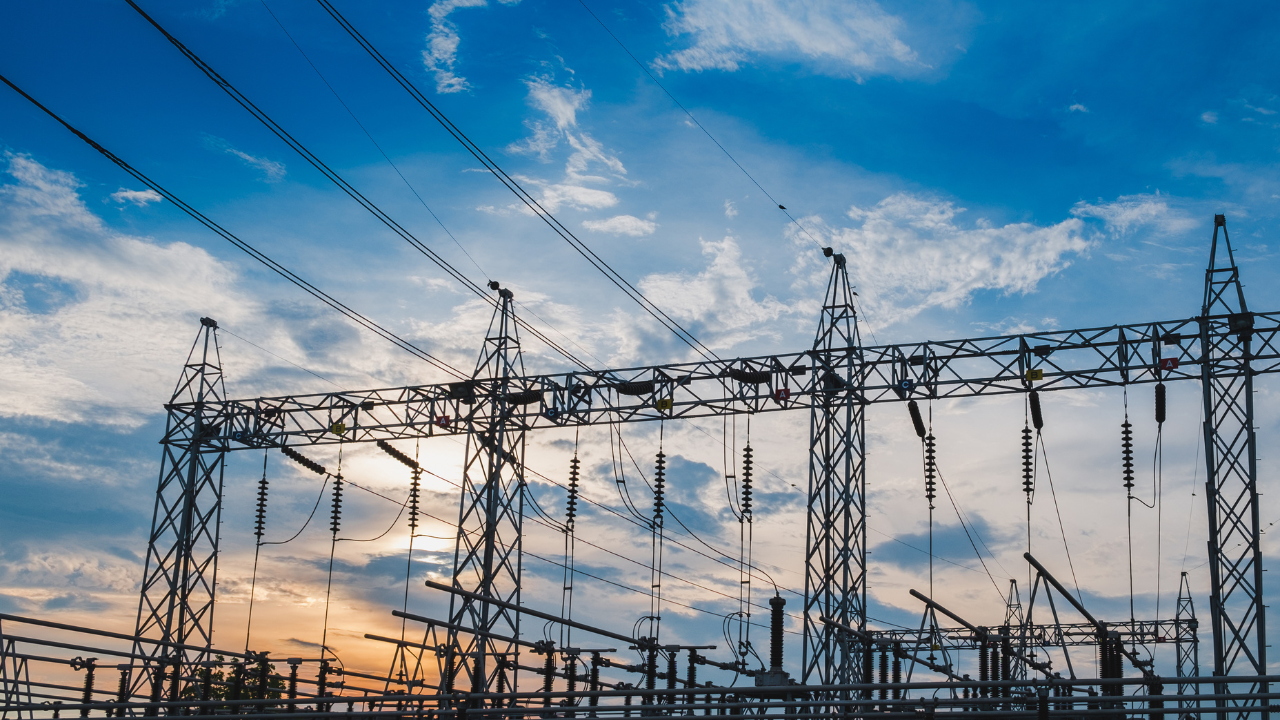
Ameren Missouri is proposing a substantial electric rate increase of 15.49%, amounting to $446 million. If approved, the average residential customer’s monthly bill could rise by $17.45. This hike comes as energy costs continue to climb, leaving many homeowners searching for ways to control their utility expenses.
Solar as a Solution to Rising Costs
Investing in solar power is a proactive way to protect yourself from these rate hikes. By generating your own energy, you can reduce or even eliminate your reliance on utility companies. With SunSent Solar’s custom systems, you can take control of your energy costs while contributing to a greener future.
Public Hearings and Customer Feedback
The Missouri Public Service Commission (PSC) is holding public hearings to discuss the proposal. These sessions provide an opportunity to learn more and voice your concerns. Both in-person and virtual options are available starting January 21.
Key Dates to Note:
- Jan. 21, 6 p.m.: Osage Centre, Cape Girardeau
- Jan. 22, Noon: St. Charles County Administrative Building, St. Charles
- Jan. 22, 6 p.m.: St. Louis Community College-Forest Park, St. Louis
- Jan. 23, Noon & 6 p.m.: Jefferson City (in-person) and virtual hearings
- Jan. 24, Noon: Virtual hearing
- Jan. 27, Noon: Sunset Hills Council Chambers
You can also submit comments by mail or via the PSC’s electronic filing system using File No. ER-2024-0319.
Why Wait? Start Saving with Solar Today
At
SunSent Solar, we provide expert solar installations in Missouri and Illinois. Our team is here to help you navigate your energy options and start saving immediately. Call us at
636-757-3083 or visit
SunSent.com to schedule a free consultation.
Don’t let rising rates catch you off guard—get ahead of the curve with solar!
